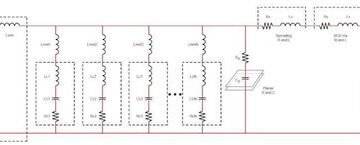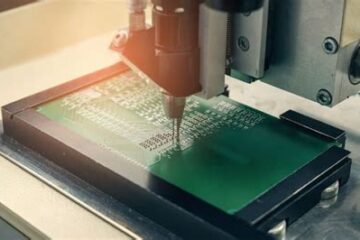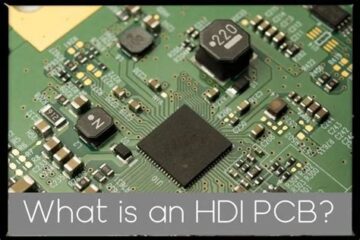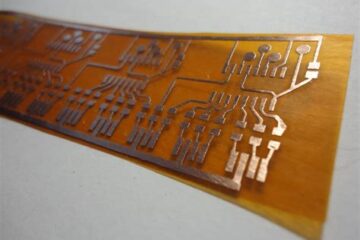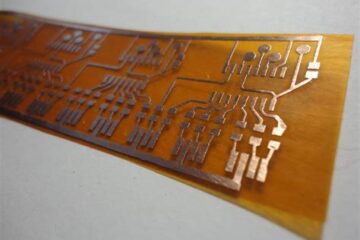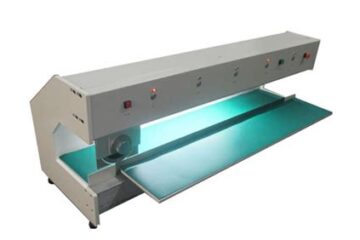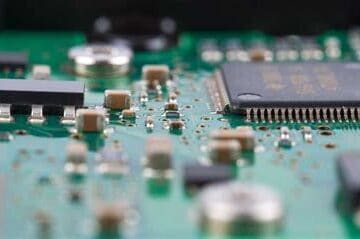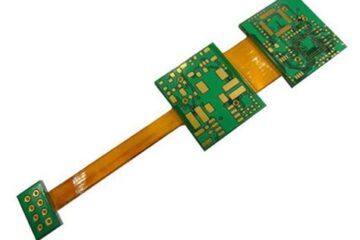PCBA
Ensure your Power Distribution Network PCB Requirements with amazing tips!
Introduction to PCB Power Distribution Networks (PDNs) A printed circuit board (PCB) power distribution network (PDN) is the system of conductors and components that delivers power to all the devices on the PCB. The PDN is a critical part of any PCB design, as it ensures that each component receives a clean, stable power supply at the proper voltage levels. An optimized PDN will minimize power loss, reduce electromagnetic interference (EMI), and maintain signal integrity Read more…
